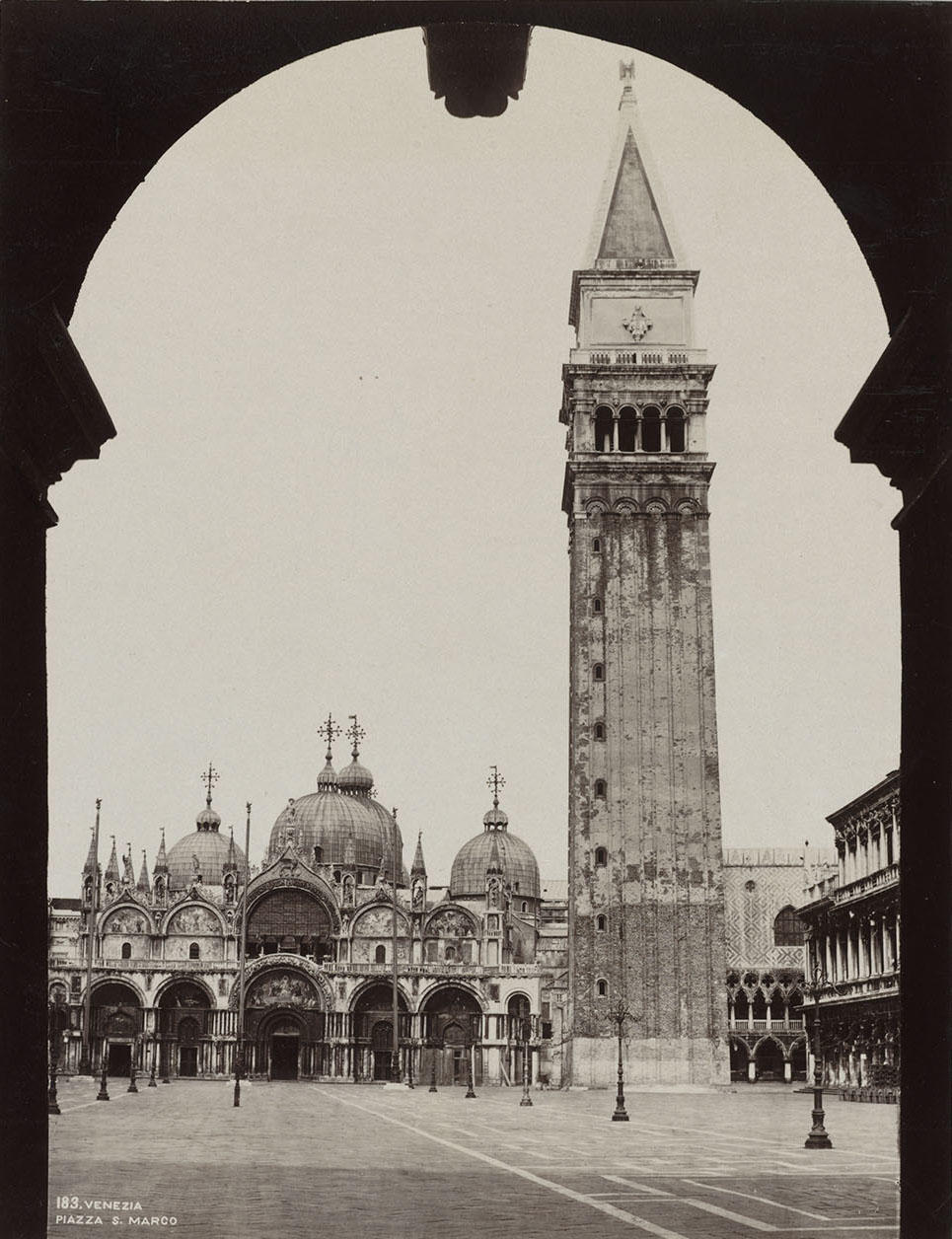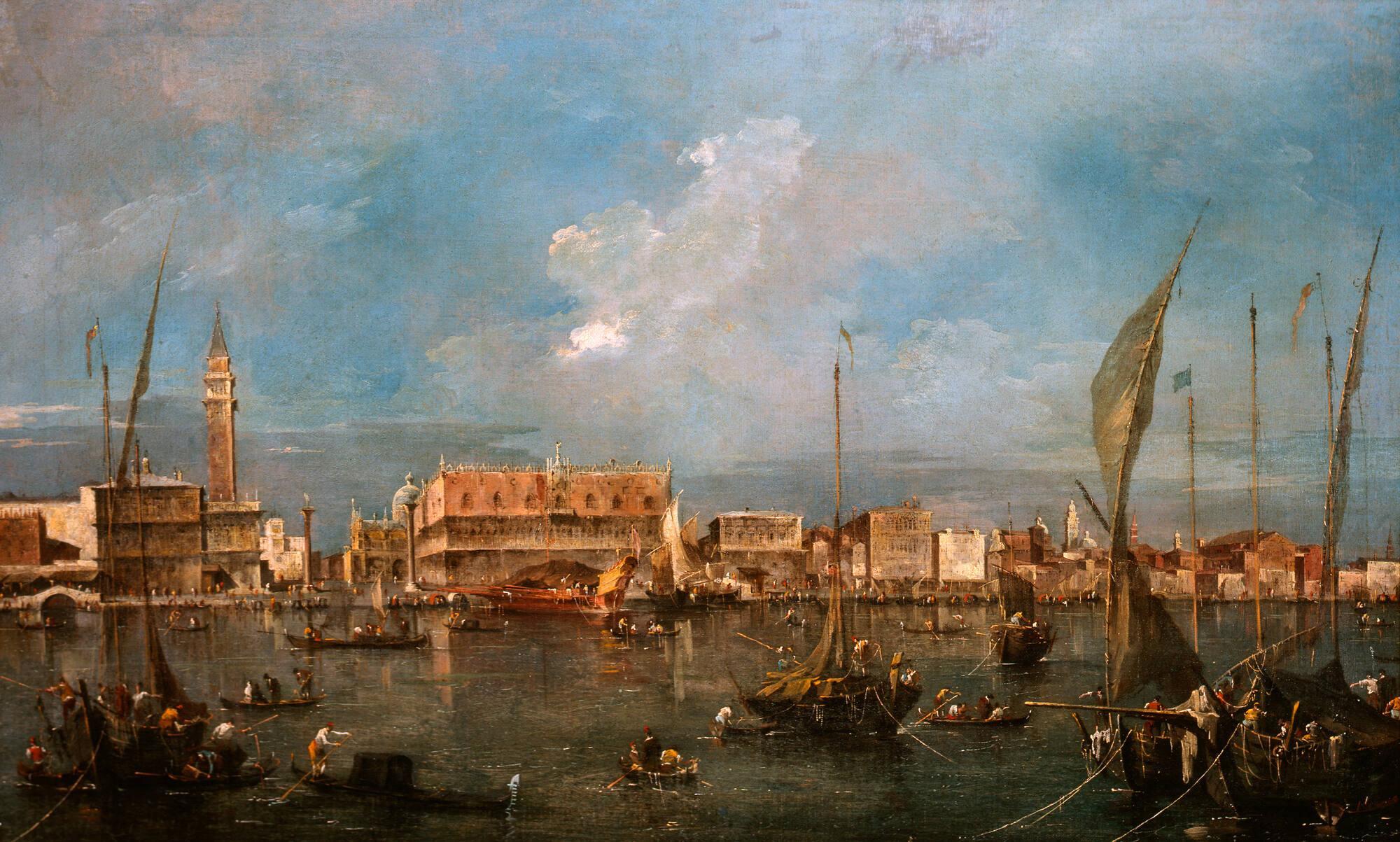Isabella Stewart Gardner’s favorite place to travel to was Venice, a city that has inspired generations of artists and writers. She visited it more times than any other city, and even attended the inaugural Venice Biennale in 1895—an event that will celebrate its 59th anniversary on April 23. Her fondness for the canal city reflects itself in the architecture of the Courtyard and the galleries she curated. She collected works by Venetian artists and displayed paintings, drawings, and photographs of her beloved Venice throughout the Museum.
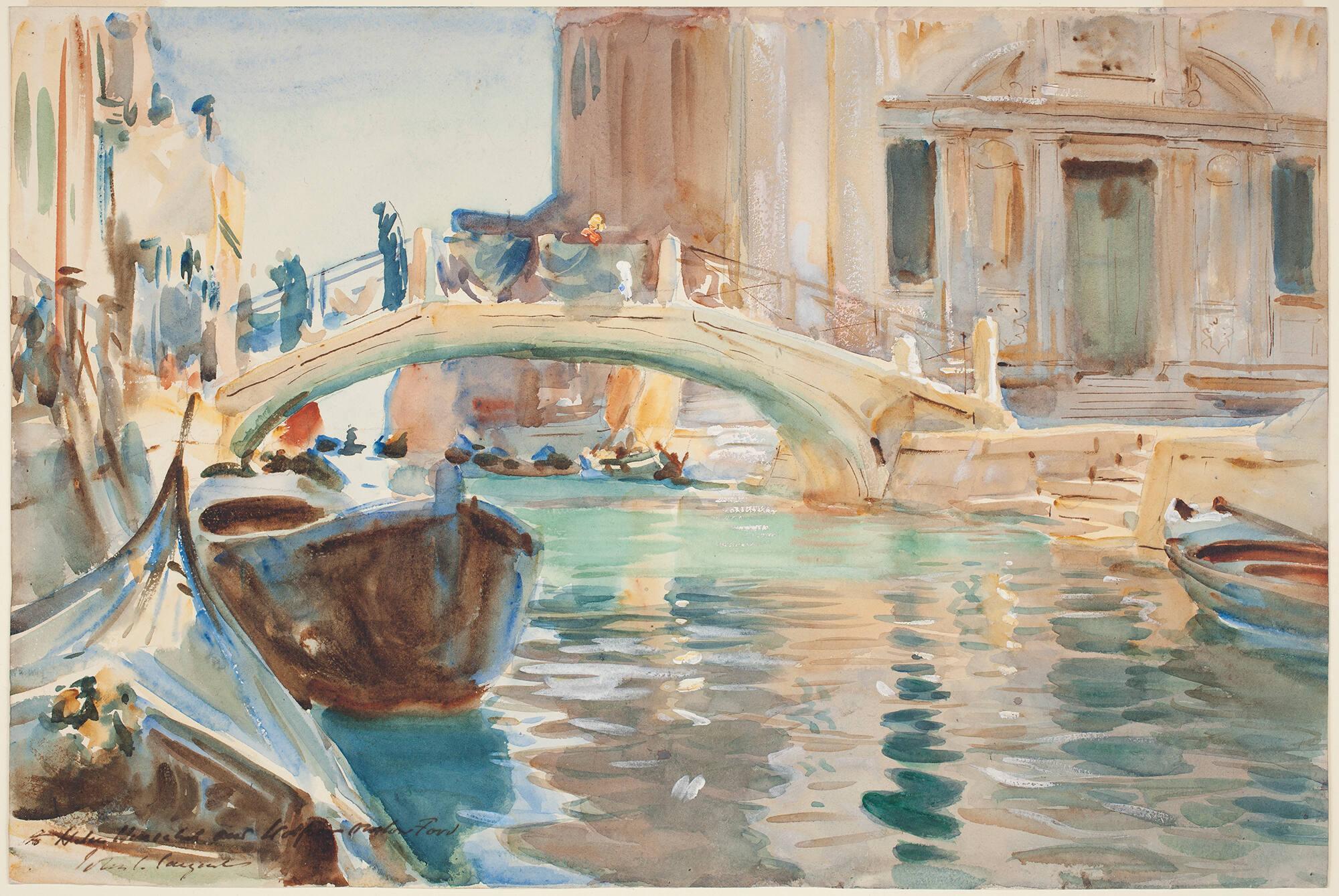
John Singer Sargent (American, 1856–1925), San Giuseppe di Castello, Venice, about 1903. Watercolor on paper, 30.6 x 45.8 cm (12 1/16 x 18 1/16 in.)
Isabella Stewart Gardner Museum, Boston (P3s22). See a reproduction of this watercolor in the Blue Room.
One of the objects Isabella exhibited in the Macknight Room is a glass vessel that is part of one of the remarkable stories of Venetian architectural history.
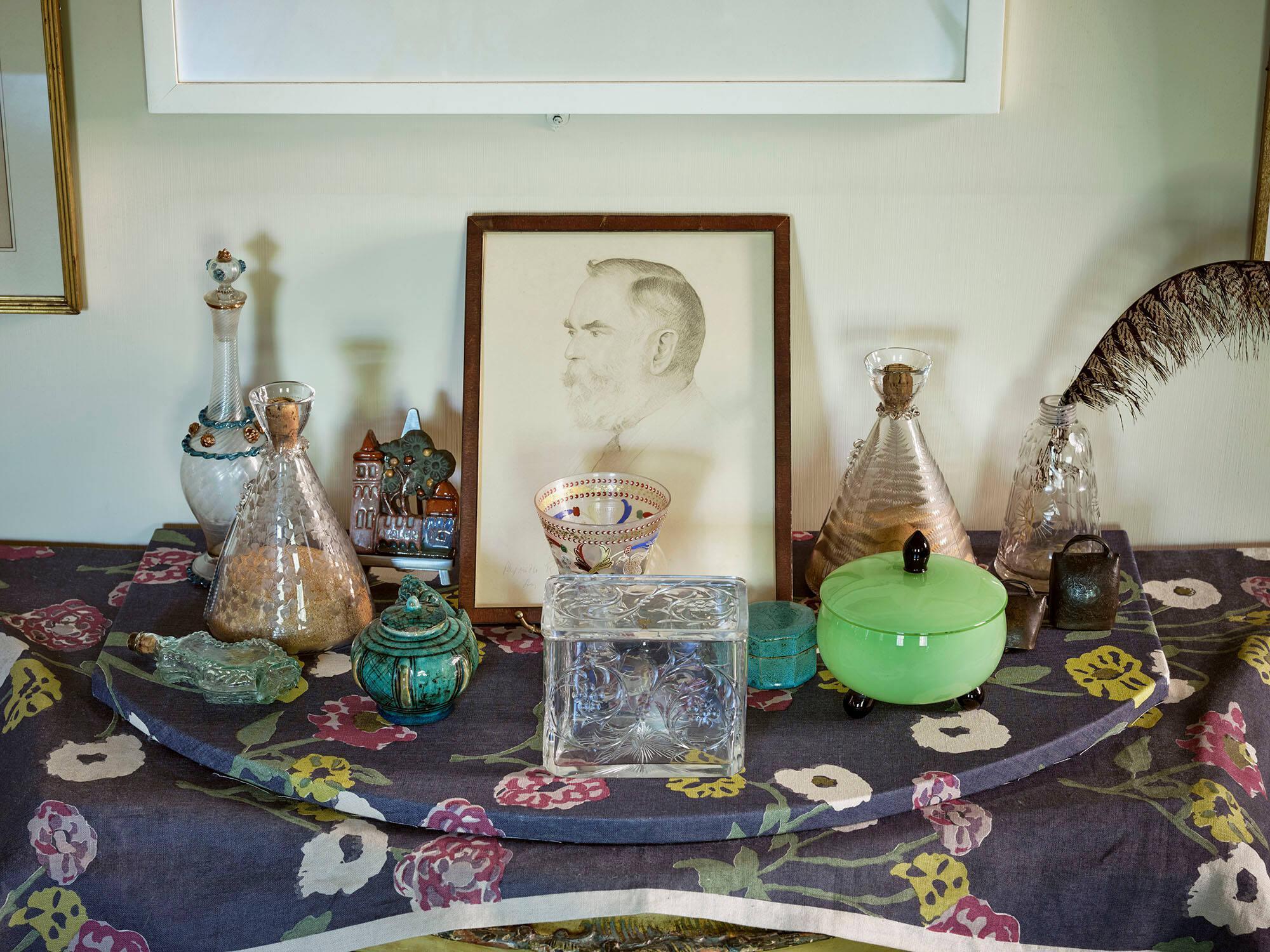
Top of the commode in the Macknight Room with Isabella’s Venetian “Campanile Cup”
Photo: Sean Dungan
A Cup Inspired By The Campanile
This glass cup has quite an extraordinary story of how it ended up in Isabella’s collection. One of Venice’s most recognizable buildings is the bell tower in Saint Mark’s Square—the Campanile. Originally dating to the ninth century, the structure was rebuilt and renovated many times, finally taking on its familiar appearance in the sixteenth century. Lightning strikes, earthquakes, fires, and storms plagued the tallest building in Venice over the centuries. However, it remained an important part of the city’s identity inspiring numerous artists.
The Campanile’s Collapse
In the late nineteenth century, engineers and architects discovered structural damage to the base of the building. While workmen were repairing the roof in the summer of 1902, cracks in the building appeared. On July 14, Saint Mark’s Square was evacuated and less than thirty minutes later the building collapsed. Citizens and tourists alike were shocked and saddened.
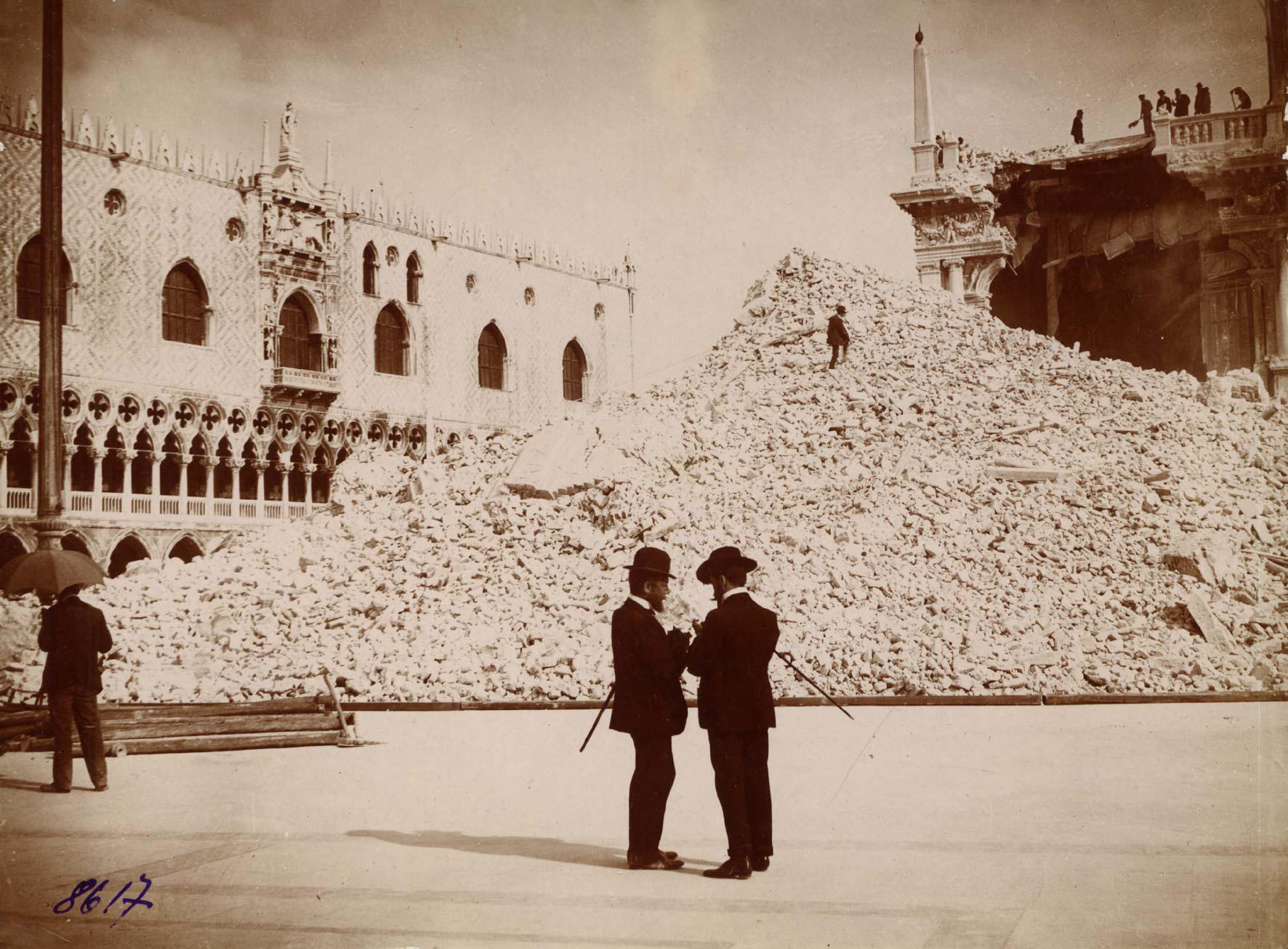
Ruins of the Campanile in Saint Mark’s Square, Venice, 1902
The Lone Survivor
When the debris was cleared following the collapse, workmen found a damaged, but not shattered, fifteenth century Venetian glass goblet. This remarkable find—sometimes called the “Campanile Cup”—was a sign of resilience for the city.
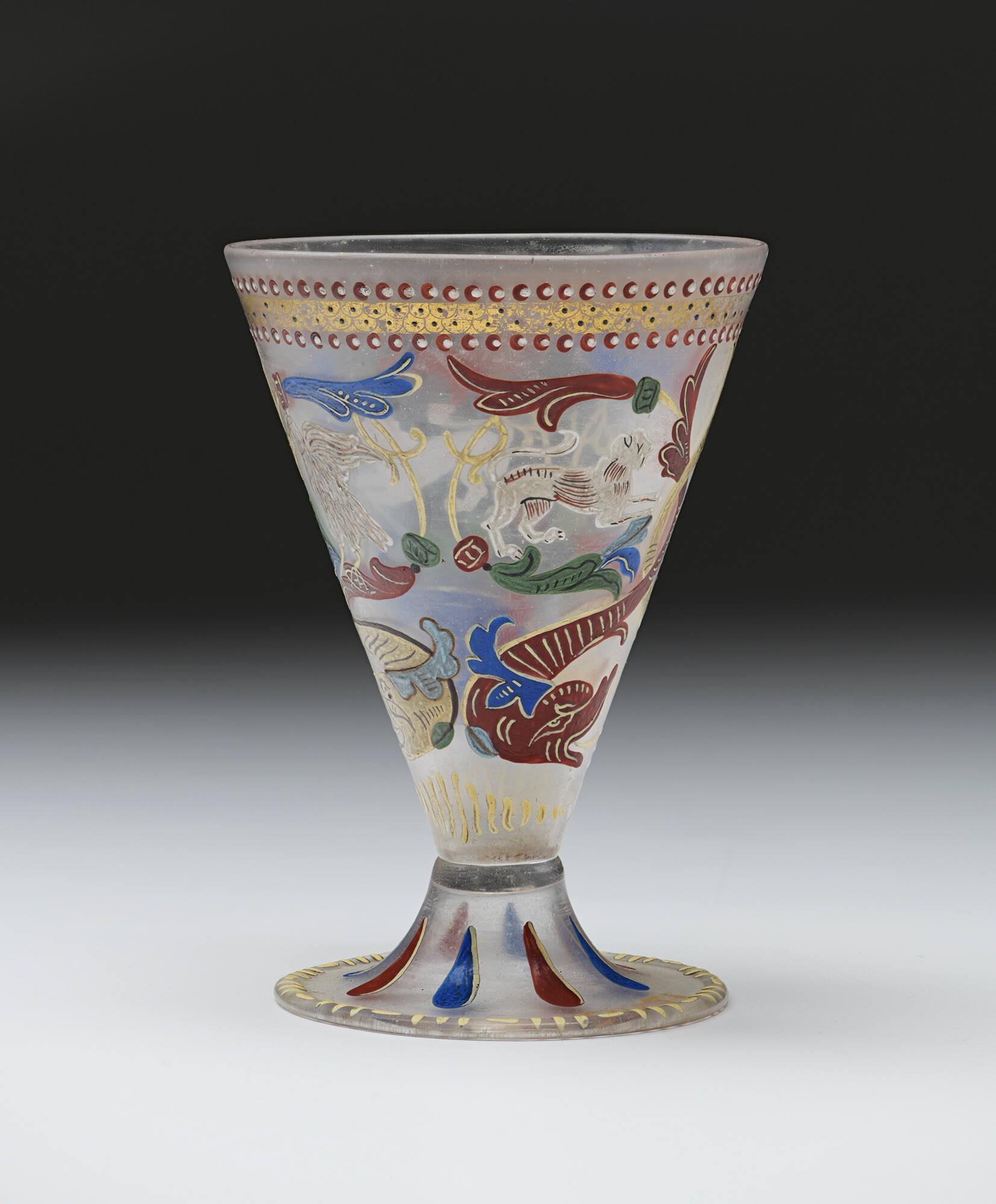
Venice & Murano Glass & Mosaic Co. Ltd (Venice, founded 1866), Goblet of the Campanile, about 1903. Glass with enamel paint, 14 cm (5 1/2 in.) high
Isabella Stewart Gardner Museum, Boston (C11s21). See it in the Macknight Room.
Undefeated by the loss of the iconic building, the Communal Council of Venice voted to rebuild the Campanile exactly as it was. Ten years later, the city inaugurated the new tower on April 25, 1912. Venetian glass companies sold replicas of the “Campanile Cup” to commemorate the day.
Isabella’s “Campanile Cup”
Isabella’s friend Mary Curtis attended the inauguration and gave Isabella one of the copied cups as a memento. Isabella kept the cup in her bedroom and later displayed it in the Macknight Room, which she used as a sitting room towards the end of her life. It surely gave her great pleasure to be surrounded by this reminder of the resilience of her favorite city—Venice.
You May Also Like

From Venice to the Fenway: Architectural Elements of the Courtyard
Read More on the Blog

Anders Zorn (Swedish, 1860–1920), Isabella Stewart Gardner in Venice, 1894
Explore the Collection

The Macknight Room
Explore the Museum
